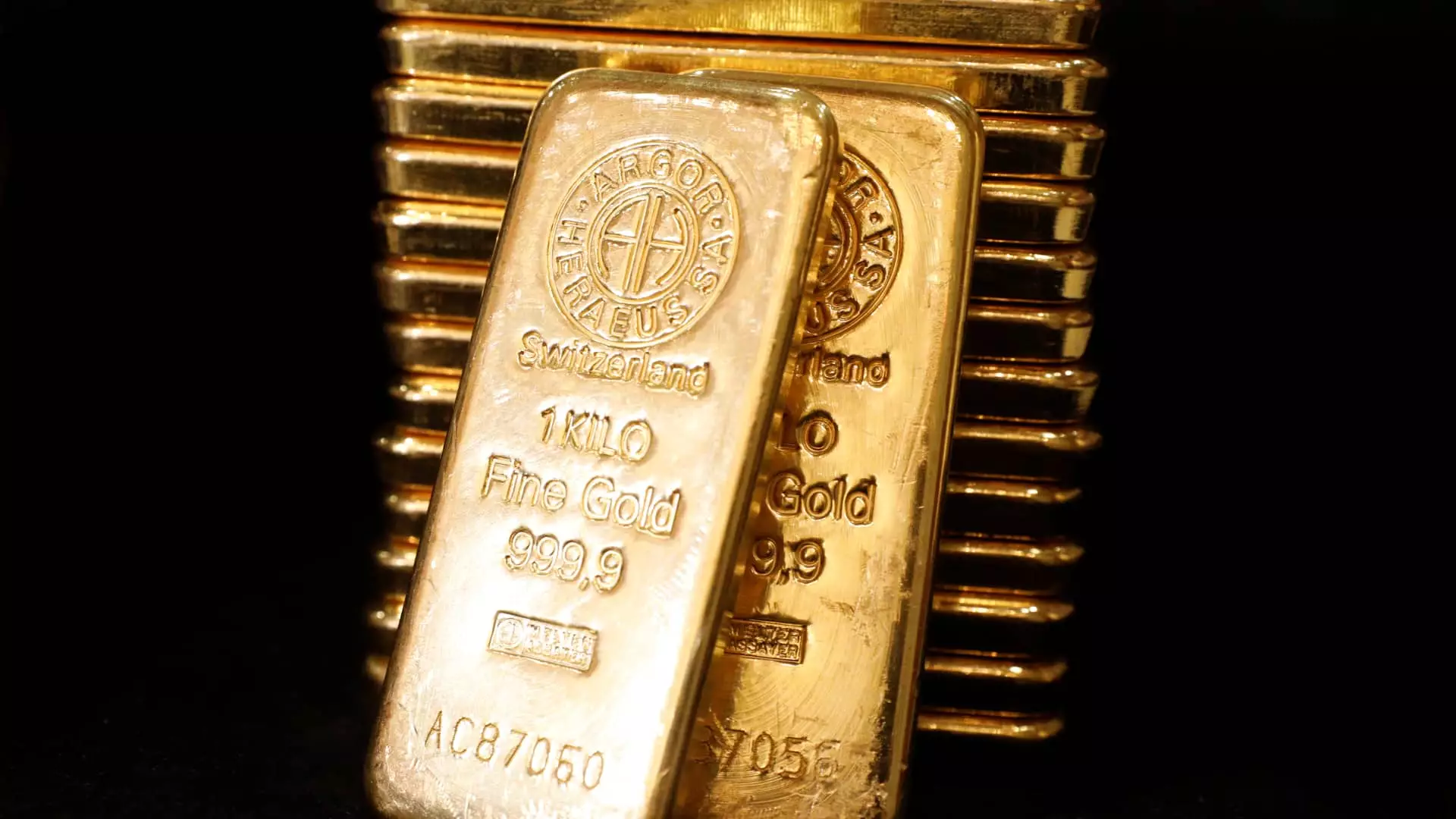The allure of gold has long captivated investors during uncertain economic climates, and recent market commentary reinforces this notion. However, glory is seldom without its shadows. Despite a staggering 35% rise over the past year, gold has faced a cooldown phase that is shocking rather than reassuring. David Schassler, from Van Eck, jubilantly states that the conditions for gold are monumentally favorable, citing “huge debt, huge spending, and huge chaos” as the backdrop for the metal’s potential ascent. It’s one thing to acknowledge the historical safety net that gold provides; it’s another to blindly follow the siren call without evaluating the inherent risks and volatility of current market dynamics.
This narrative takes on an eerie tone when hedge fund guru David Einhorn enters the fray, advocating for gold’s price to reach a fantastical $5,000 by 2026. Yet, with bipartisan inaction on the fiscal deficit, might we be losing sight of reality? If anything, the narrative feels akin to indulging in a collective delusion. Gold is still a reactive asset, and relying on it without asking why economic fundamentals are slipped under the rug is dangerously naive.
The Rising Wave of Cryptocurrencies
On the flip side, the crypto space is often labeled the “risky cousin” of gold, with Bitcoin showcasing an impressive 60% growth over the last year, even as gold grapples with a recent downturn. Schassler’s comparison draws an interesting parallel, but it also begs the question: does this volatile “cousin” provide a real hedge, or merely a carousel of fleeting highs and catastrophic crashes? His assertion that Bitcoin could share a bullish trajectory with gold suggests a belief in dual asset growth, yet a closer examination may reveal a mirage on the horizon.
Todd Rosenbluth’s insights into innovative options-based ETFs offer a glimmer of hope for risk-averse investors, but these protective layers may merely mask a deeper instability. An ETF like the Calamos Bitcoin 80 Series, which caps potential losses at 20%, can offer the illusion of security while providing limited room for upside potential. This layered protective approach might be akin to fixing a leaky roof with a band-aid; one can’t help but wonder if the cost benefits outweigh the risks when the market’s tides are so unpredictable.
The Dangerous Dance of Speculation
As market conditions continue to fluctuate, the lure of both gold and cryptocurrencies can become dangerously seductive. Schassler’s optimism blinds some to the fundamental risks present in both asset classes, particularly concerning their inflation hedging capabilities. Moreover, the constant media hype and exaggerated price predictions resonate like empty promises in a marketplace perpetually chasing momentum.
Investors must tread carefully through this chaotic financial landscape, weary of the “next big thing” and the echo of soaring valuations. With rationale often sidelined in favor of euphoria, this frenzy could lead to devastating consequences. Speculating on gold and crypto might feel like being in a game of musical chairs where the music could stop at any moment, leaving the unprepared scrambling. Perhaps, instead of looking at gold and Bitcoin as saviors in tumultuous times, we should critically assess the nature of our investments, weaving a narrative that values sustainability over momentary gains.
The domains of gold and cryptocurrencies compel a deeper reflection, urging a more discerning approach to investment strategies rather than succumbing to fear-based decisions that often prevail in uncertain economic conditions.

